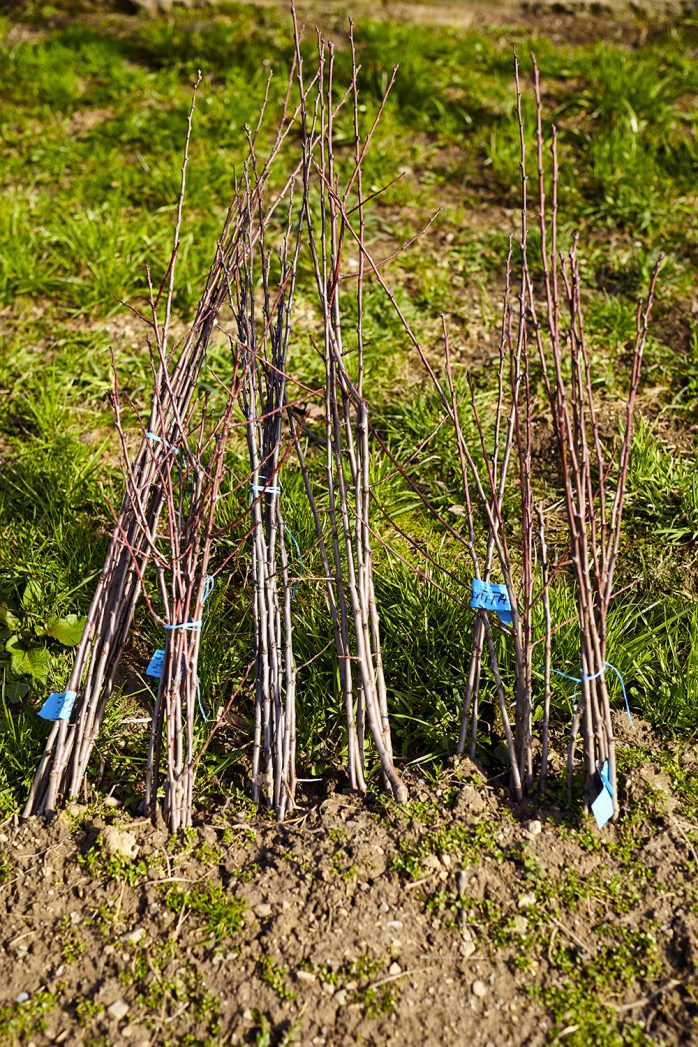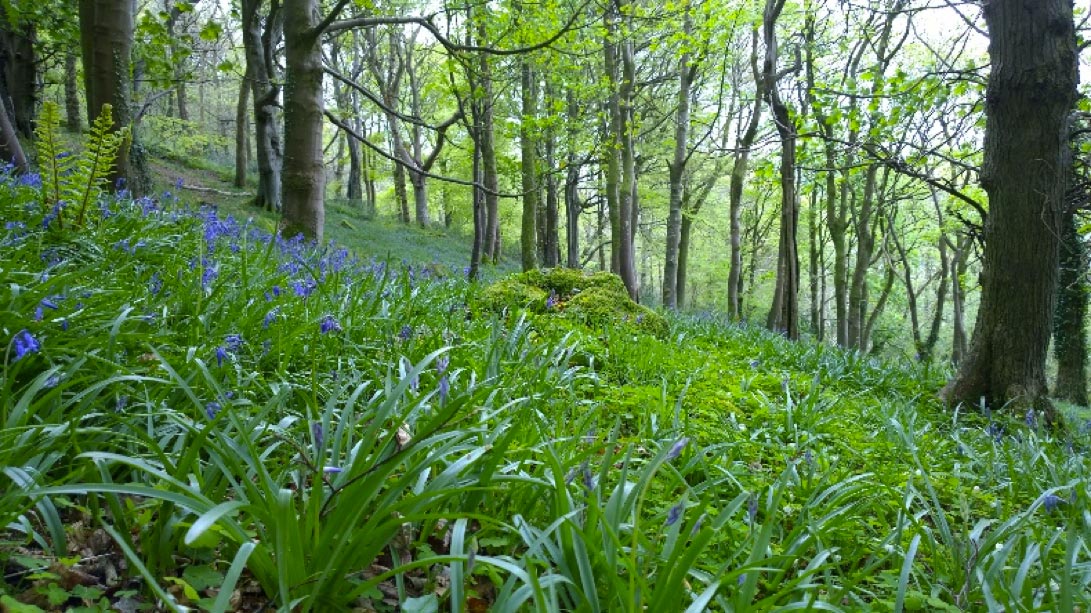Why this project is important?
With native woodland circa at 1% of the surface area of Ireland, it has become vitally important not only to create new native woodlands for the future, but also to link existing fragments of native and or ancient planted woodlands as wildlife corridors.
The current project in north Antrim (GPS CO-ORDINATES: 55.12503/-6.080085) will increase the connectivity between two areas of ancient woodland that were planted in the 1840’s.
Creating an increased link between two woodland fragments will increase habitat for the endangered Red Squirrel. Scots Pine, an important food species for Red Squirrels, has been used for this reason. Planting both species of native Oak which were once common in the region are is important for biodiversity.
Growing trees sequester large amounts of Co2.
Aims and Actions
Global Aims:
- To increase carbon sequestration for climate change protection
- To increase percentage of predominantly native woodland in Ireland
Specific Aims:
- To protect native Red Squirrels and other woodland species by increasing links between two areas of existing ancient woodland.
Actions:
Site preparation will involve intensive grazing to reduce the grass height, followed by hand planting of trees in the dormant season (Autumn/Winter)
Planting will be at a rate of 2400 whips (trees of 50 to 80cms) per hectare, with 40% Sessile Oak (Quercus petraea), 40% Pedunculate Oak (Quercus robur) and 20% Scots Pine (Pinus sylvestris).
Project Benefits
There will be increased connectivity between two areas of ancient woodland, with the total area connected reaching approximately 32 hectares. While small on a global scale, this is a significant woodland in an Irish context. This is one of the largest areas of contiguous deciduous dominated woodland in County Antrim.
* Methodology for carbon sequestered : This estimate is based on an approached based on The Forestry Commission UK. It does not include the amount of carbon sequestered in temperate forest soils and is likely to be a conservative figure. For more information go to: https://www.forestry.gov.uk/fo...


